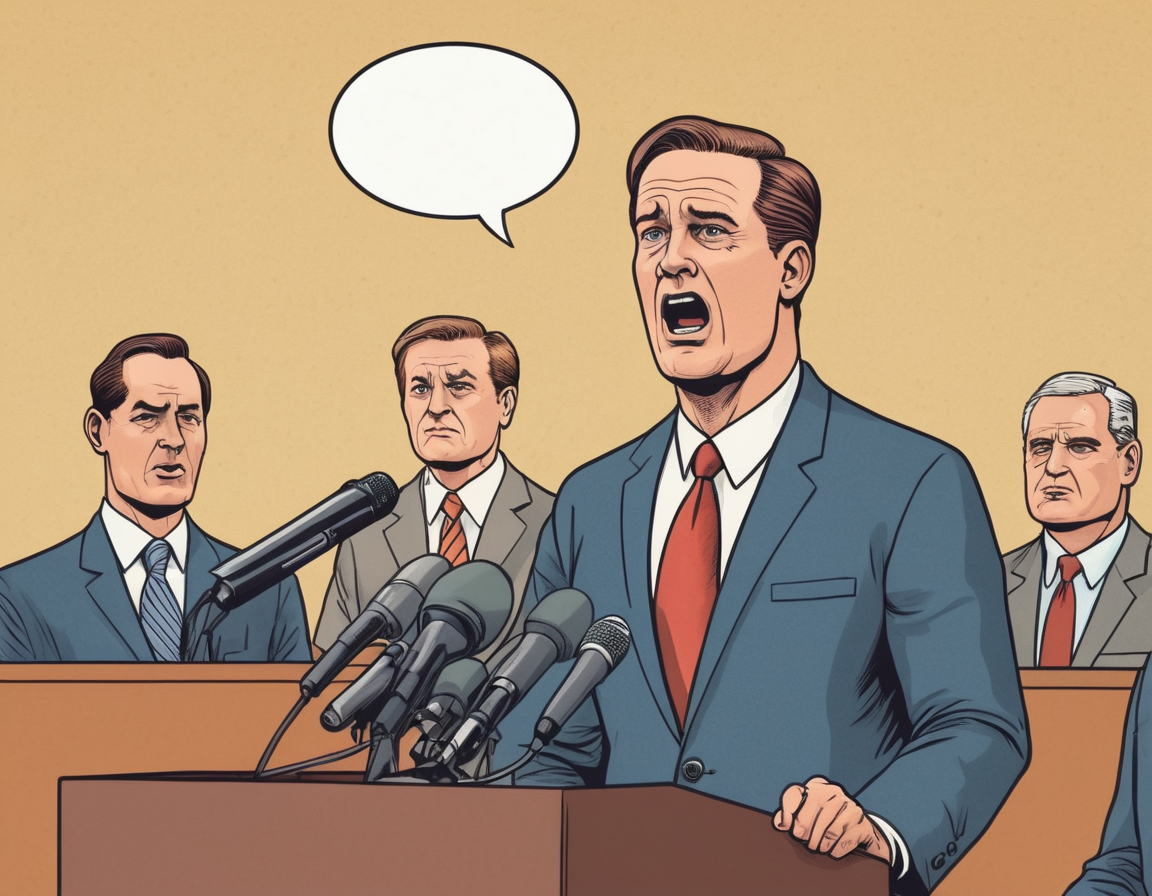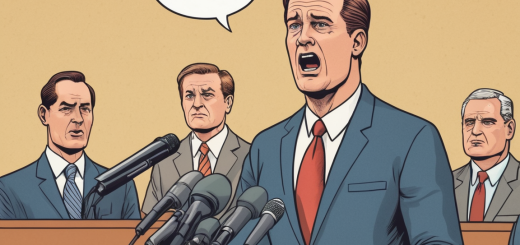Unwrapping the Non-Denial Denial: A Study of Evasive Communication in Public Discourse
Decoding Non-Denial Denials: Navigating a Landscape of Evasive Communication
In the ever-evolving landscape of communication, the potency of words lies not only in what is said but often in what is strategically left unsaid. The non-denial denial, a language mechanism frequently employed by public figures to navigate the treacherous waters of accountability, has become increasingly prevalent in our society. With roots in political speech, its use has percolated into corporate statements, celebrity comments, and beyond. What makes this form of dialogue both intriguing and challenging to dissect? Let’s delve into the non-denial denial, its characteristics, and impact on public trust.

Understanding Non-Denial Denials
‘Non-denial denial’ refers to statements that seem to deny an allegation or question but, upon closer examination, either do not deny anything substantial or cleverly sidestep the core issue. These statements often contain ambiguities, legalistic language, and qualifiers that allow the speaker plausible deniability.
‘I am not a crook.’ – Richard Nixon’s famous remark serves as an early example, focusing on his self-perception rather than addressing specific accusations.
The Rise of Ambiguity in Public Speech
Recent decades have seen a rise in such ambiguous speech, with public figures using language to evade rather than to clarify. These denials can range from calculated omissions to linguistic gymnastics, with the intent of clouding the truth.
Dissecting Examples of Non-Denial Denials
Many public statements in recent memory have adhered to this strategy. They often express concerns, project innocence, or shift focus rather than explicitly denying the facts at hand.
- Politician’s response to scandal allegations.
- CEO’s commentary on controversial company policies.
- Responses to scientific studies by lobby groups with vested interests.
Expert Opinions on the Social Impact
Sociologists and linguists point to the erosion of public trust and suggest that non-denial denials might contribute to feelings of disillusionment and cynicism within the populace.
Real-World Impact of Evasive Communication
The use of non-denial denials has real and far-reaching consequences, from the diffusion of political scandals to the mitigation of corporate crises. Public reactions to these statements can shape electoral outcomes or stock market behavior, illustrating their significant power.

What the Future Holds: Predicting the Evolution of Non-Denial Denials
As we become more sophisticated in our interpretation of language nuances, will the non-denial denial continue to be an effective tool, or will it evolve into something new? This section examines future scenarios.
As engaged citizens and keen observers of human interaction, it is crucial that we recognize and critically evaluate non-denial denials. By understanding the strategies employed to evade truth, we can better navigate the intricate web of public discourse. This blog post aims to lay the foundation for such discernment – to peel back layers of language and reveal the often hidden intents beneath.
Conclusion: The Duty of Diligence in Communication
In an era where words can simultaneously illuminate and obfuscate the truth, the non-denial denial stands as a testament to the power of language. It is our responsibility to demand clarity, hold figures of authority accountable for their words, and strive to foster a culture of transparency. The explicit denial may be concise and forthright, but in its enigmatic counterpart, the truth lies concealed, awaiting the diligent who seek to uncover it.
Continue the conversation and share your experiences with non-denial denials in the comments below. Have you noticed this trend in communication? What are your thoughts on its implications for society?






